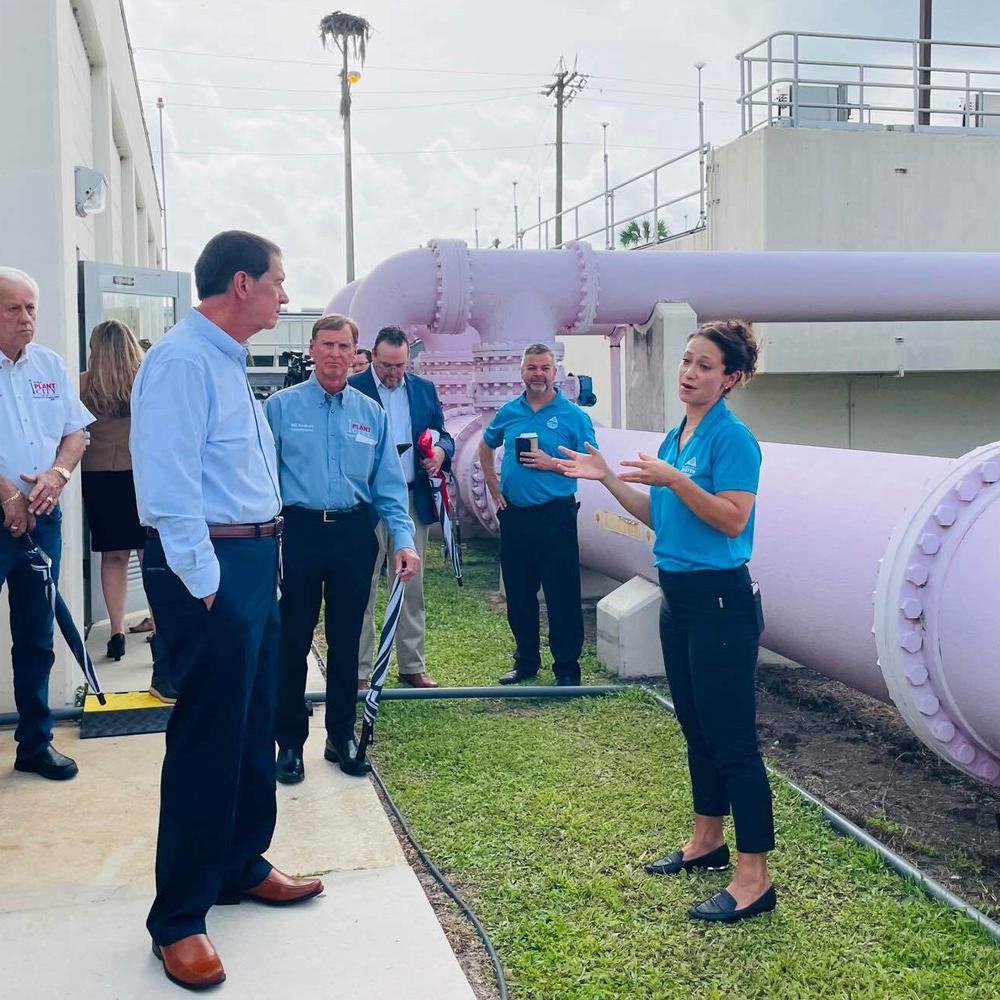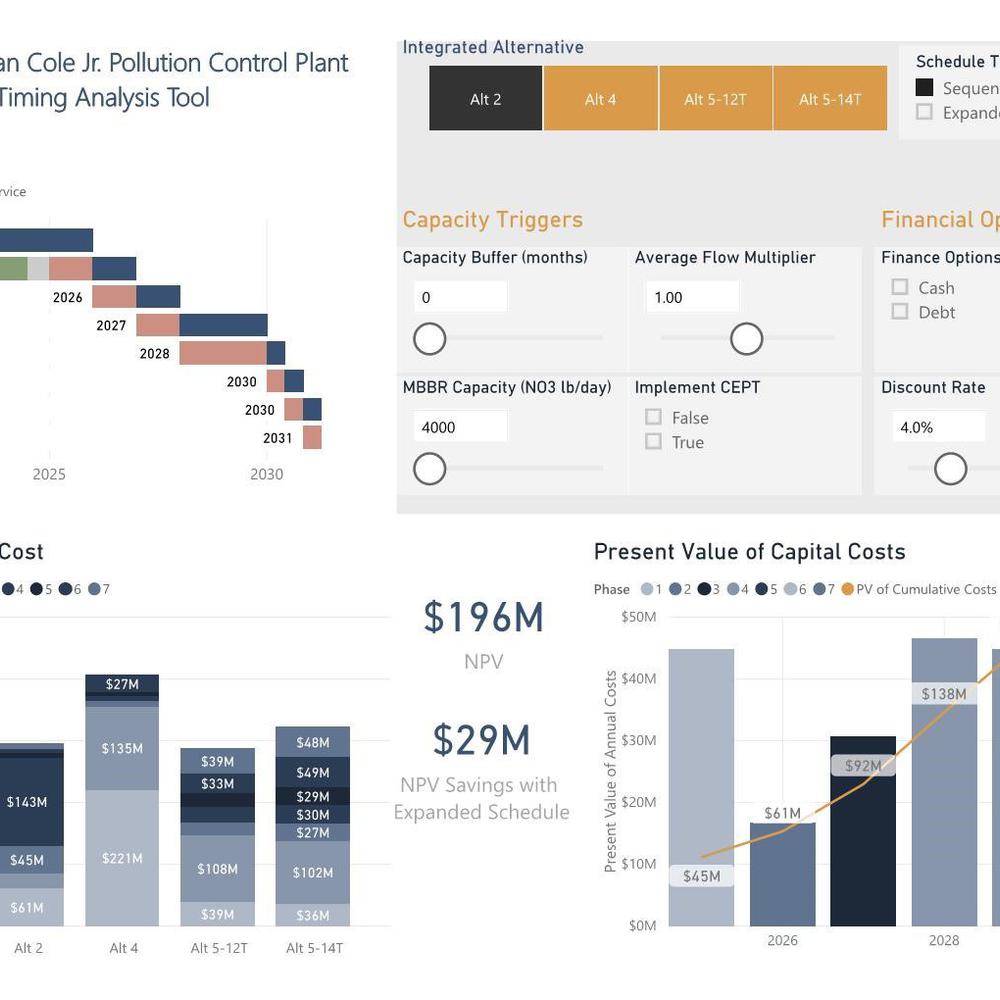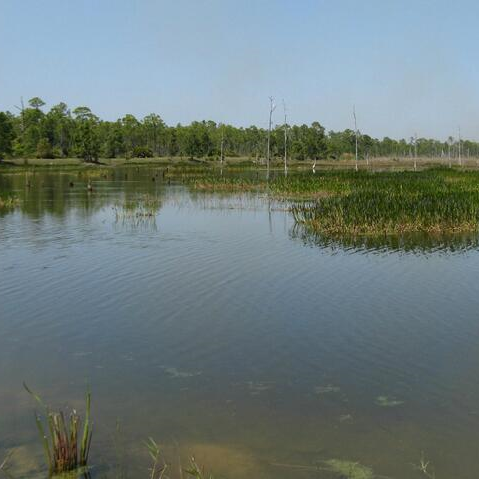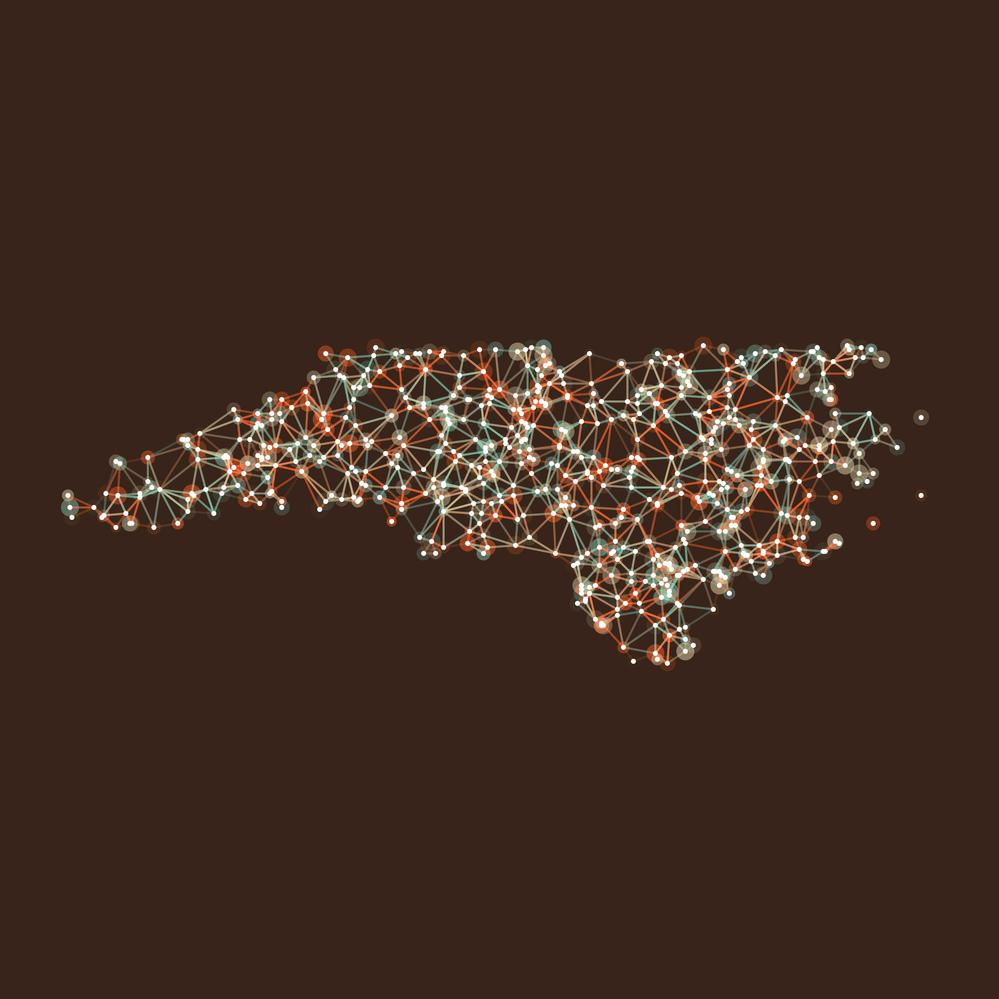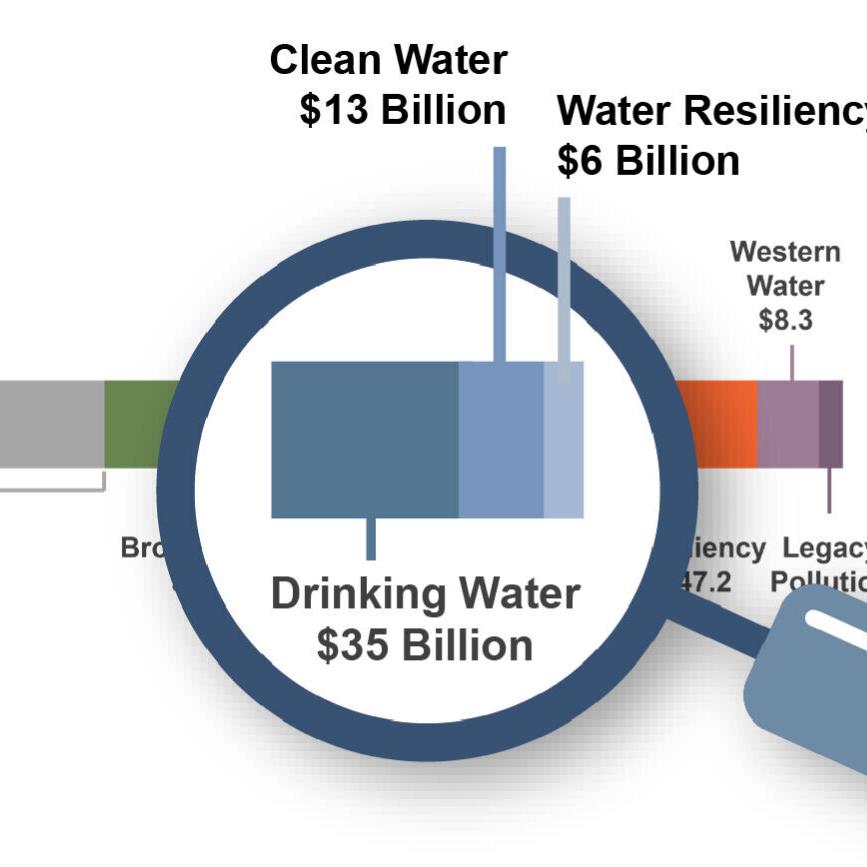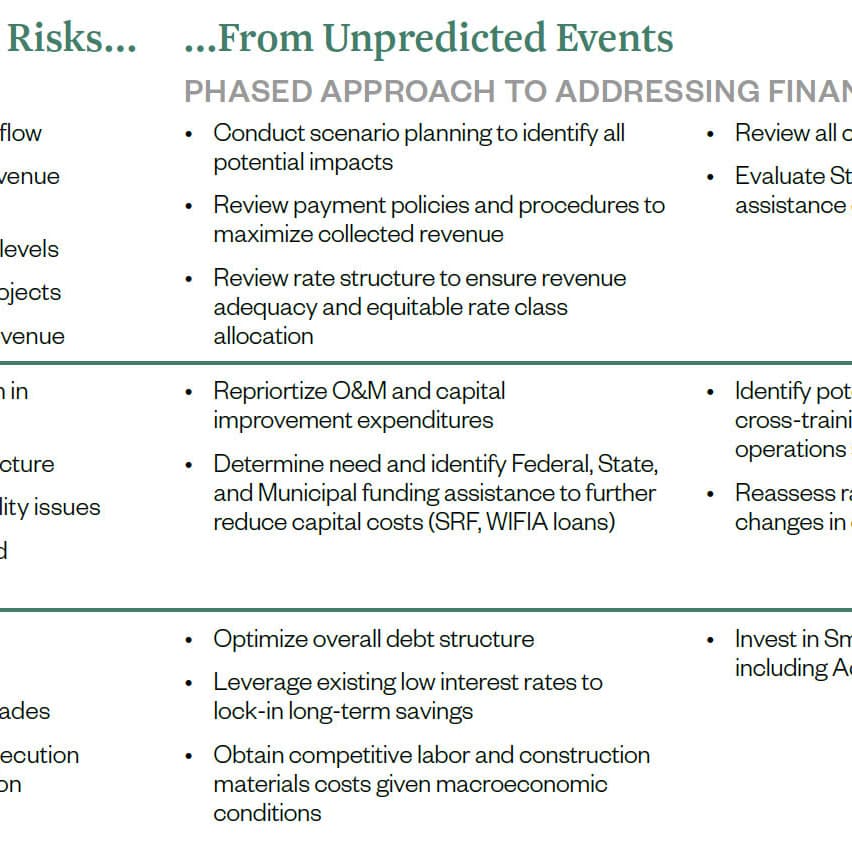Broad Run Water Reclamation Facility Master Planning Financial Modeling
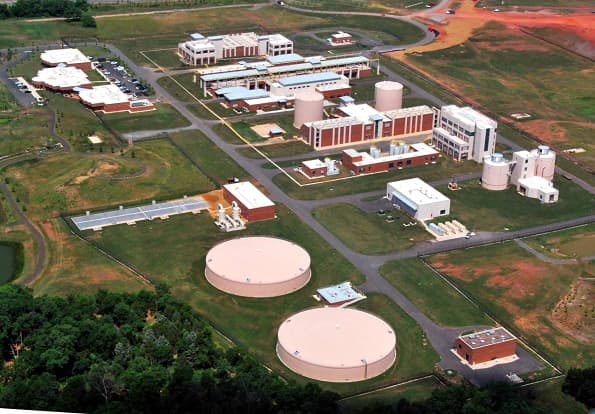
The financial model disaggregates the BRWRF into discrete production centers so that specific cost drivers can be isolated and detailed comparisons made between the integrated solutions alternatives, including energy usage, revenue, and cost. Because some alternatives will generate marketable products beyond reclaimed water, potential revenue streams from these products can be accounted for in the total revenue stream. To evaluate the uncertainty in future input costs and prices for marketable outputs, sensitivity tests can be run for all developed scenarios. As a result, the financial model allows for significant flexibility in developing scenarios while allowing for a detailed evaluation of each integrated solution’s impact on the utility’s financial capability and on the economic impact to the ratepayer base, particularly in terms of affordability.

Alan Karnovitz serves as Group Leader for Hazen’s Economic and Financial Services Group.
Related Topics:
Project Outcomes and Benefits
- The financial model will provide net present values of potential integrated solutions for expansion and the payback period, in years, of the change in BRWRF capital cost associated with the integrated solution.
- It will also provide total and operating cost per 1,000 gallons of wastewater treated and estimates of changes to average monthly household sewer bills associated with implementing integrated solutions for expansion.
